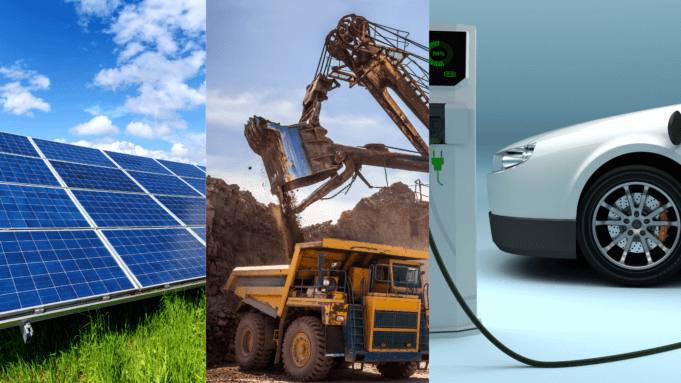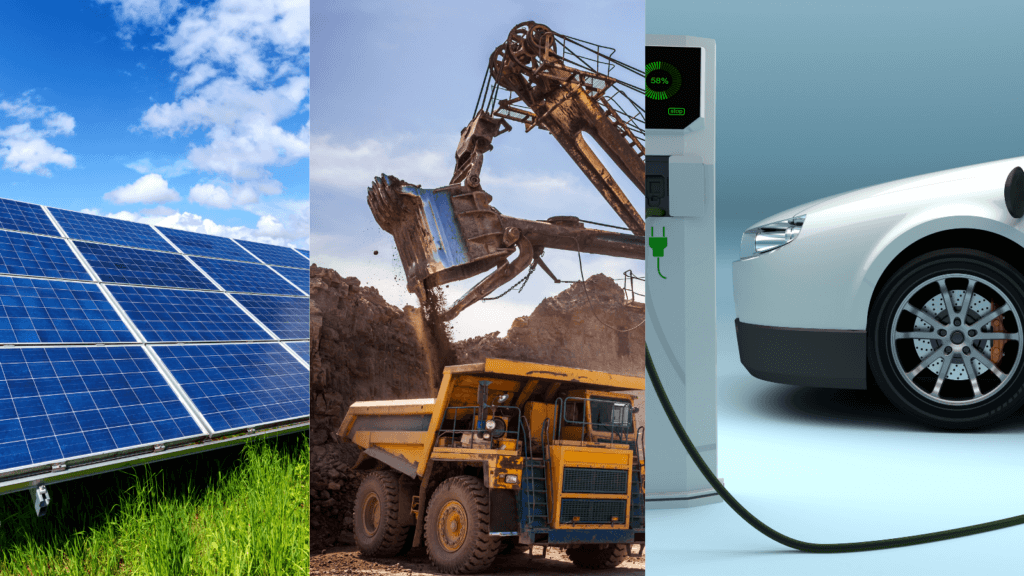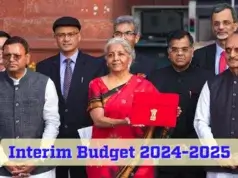N.S.Venkataraman, Director, Nandini Consultancy Centre
India presently imports more than 220 million tonne per annum of crude oil while Indian production of crude oil is only around 30 million tonne per annum. India imports around 35 billion cubic metre of natural gas per annum while Indian production is only around 30 billion cubic metre per annum. The domestic production of crude oil and natural gas is almost stagnant at present, with no feasibility of increasing the production in significant quantities in the foreseeable future.
Excessive dependence on import of crude oil and natural gas:
With the use of crude oil and natural gas as energy source and feedstock, the demand is steadily increasing at around 7% per annum. In such a scenario, it is likely that the import of crude oil will be around 300 million tonne per annum and that of natural gas would be around 50 billion cubic metre per annum by 2025-26.
The present outflow of foreign exchange due to import of crude oil and natural gas is reported to be around 28 to 30% and it is likely to go upto unacceptable levels by 2025-26, which may cost severe stress on Indian foreign exchange reserves. Considering the fact that the price of crude oil and natural gas in the world would be fluctuating from time to time based on several factors beyond India’s control, any larger import dependence on crude oil and natural gas is a matter of high concern.
Plans for increasing consumption of crude oil and natural gas:
In such circumstances, it is surprising to read the Prime Minister’s statement that India will double oil refining capacity in the next five years and would raise the share of natural gas in energy consumption by upto four times, which will substantially increase the import dependence on crude oil and natural gas. Given the already heavy import dependence on crude oil and natural gas and stagnant production scenario in India, one wonders as to whether this would be an appropriate energy policy.
Plans to boost coal production:
Even as the Prime Minister is speaking about increasing the petroleum refining capacity (which mean more crude oil consumption and import) and increasing share of natural gas (which means increasing import of natural gas), repeated announcements by the central ministers that the production of coal would be substantially increased, knowing well that greater coal consumption would mean greater emission of carbon dioxide, sulphur dioxide and nitrous oxide that would cause global warming, create doubt as to whether the energy policy approach of Government of India is appropriate.
Renewable energy initiative:
Of course, India is significantly and laudably increasing the production of renewable energy and may fulfill the promise made by the Prime Minister during the Paris Climate Conference to increase renewable energy capacity to 175 GW. But, such measures like increasing the consumption of crude oil, natural gas and coal would undo the positive impact of developing renewable energy at a great pace to reduce emissions. Use of crude oil and coal result in harmful emissions and the use of natural gas would increase the fugitive emission of methane gas. As it is known, emission of methane gas is environmentally even more hazardous than the emission of carbon dioxide, sulphur dioxide and nitrous oxide.
Promotion of ethanol blending with petrol and electric vehicles:
A few significant steps have been initiated by the Government of India in energy management such as blending of ethanol with petrol, promotion of electric vehicles etc. Even here, there are many problems.
Most ethanol produced in India today goes for human consumption which is increasing at an alarmingly disturbing level. Due to non availability of ethanol for blending, the target for blending ethanol with petrol have been missed several times in the past. The target of blending 20% ethanol with petrol is unlikely to be met in the near future.
Hurdles facing electric vehicle project:
The promotion of electric vehicle schemes is facing several hurdles, which make it doubtful as to what extent the targets can be achieved in India.
Electric vehicles require charging of power at periodic intervals and it would be counterproductive to use power produced from emission causing coal based thermal power plants for charging the battery. Renewable energy is not available and will not be available at the required scale for supplying power to the battery in electric vehicles.
The important component of electric vehicles is lithium ion battery cells, whose production at present in India is at negligible level. If 2% of the existing automobile units were to be replaced by electric vehicles by 2025-26, then India would need lithium ion battery cell capacity of around 27 GWH. There is no feasibility of domestically producing lithium ion battery cells to this level by 2025-26, considering the present pace of building capacity for lithium ion battery cells in India. Therefore, India will become heavily import dependent for the requirement of lithium ion battery cells which has to come from China, as China has huge capacity for making lithium ion battery cells more than any other country in the world.
Further, for production of lithium ion cells, several speciality chemicals and components are required, apart from minerals such as lithium, cobalt and nickel. India has no deposits of cobalt, nickel and lithium and only some preliminary understanding has been reached with some overseas countries with regard to sourcing supply of nickel and lithium. In the case of cobalt, there is a worldwide shortage and more than 70% of the global requirement of cobalt is supplied from Democratic Republic of Congo. China has already firmly tied up a arge share of it’s requirement of cobalt from the leading cobalt mining company in Congo.
Tibet region in China has large deposits of lithium, whereas India has no lithium deposits.
Apart from these, several speciality chemicals and components for use in the production of lithium ion battery cells such as cathode actives, anode actives, electrolyte and separators are required for lithium ion battery cell production. There is no production in India of these speciality chemicals and components at present.
If India were to produce a large number of electric vehicles, lithium ion battery cells are required in large numbers. No projects have been announced for the production of speciality chemicals and components required for production of lithium ion battery cells in India so far.
With regard to electric vehicles, is India building castles without firming up the foundation? Is India putting the cart before the horse?
Feasible suggestions from experts:
Some feasible alternate options to overcome the impending energy crisis in India, without excessive dependence on crude oil and natural gas import, have been suggested by experts and one is not sure as to whether the voice of these experts have been adequately heard by the policy planners in Delhi.
The Government of India has taken some steps to set up a project for methanol from coal, (which is presently produced in India from natural gas and present import of methanol is around 2 million tonne per annum and the import is steadily increasing from year to year) with the object of using methanol as fuel. This project proposal is in the preliminary stage now and even a pre feasibility report is yet to be prepared convincingly. There are problems in producing methanol from high ash Indian coal at a competitive cost of production.
Methanol can be the feedstock for the production of several petro chemicals such as ethylene, propylene, which are presently produced from natural gas and crude oil. Experts have suggested that India should put up methanol plant abroad in countries where natural gas is available at very low price in joint venture and then bring this methanol to India to produce several petrochemicals such as ethylene, propylene and derivative products, which will significantly boost the industrial growth and reduce dependence on import of several petrochemicals.
Experts have also suggested production of algae biofuel from algae crop, which contains around 25 to 30% oil. Algae crop requires only sunshine and carbon dioxide as inputs and need water which can be even unclean water. Many algae based biofuel projects are now successfully operating abroad. India is a tropical country particularly well suited to produce algae crop and biofuel from it, which will help both the agricultural sector as well as industrial sector and pave way for reducing import dependence on crude oil and natural gas. Has the Government of India paid adequate attention to this opportunity?
Need to review energy policy:
Taking the overall look at the energy policy in India, it appears that the Government of India has to reexamine it’s energy policy with great sense of urgency.
Disclaimer: The opinions expressed within this article are the personal opinions of the author. The facts and opinions appearing in the article do not reflect the views of Project Monitor and Project Monitor does not assume any responsibility or liability for the same.












